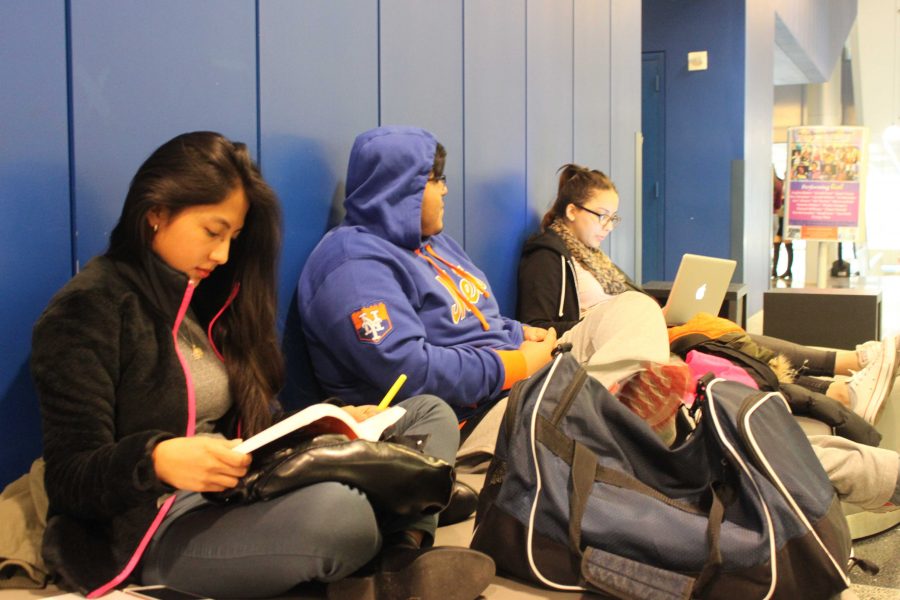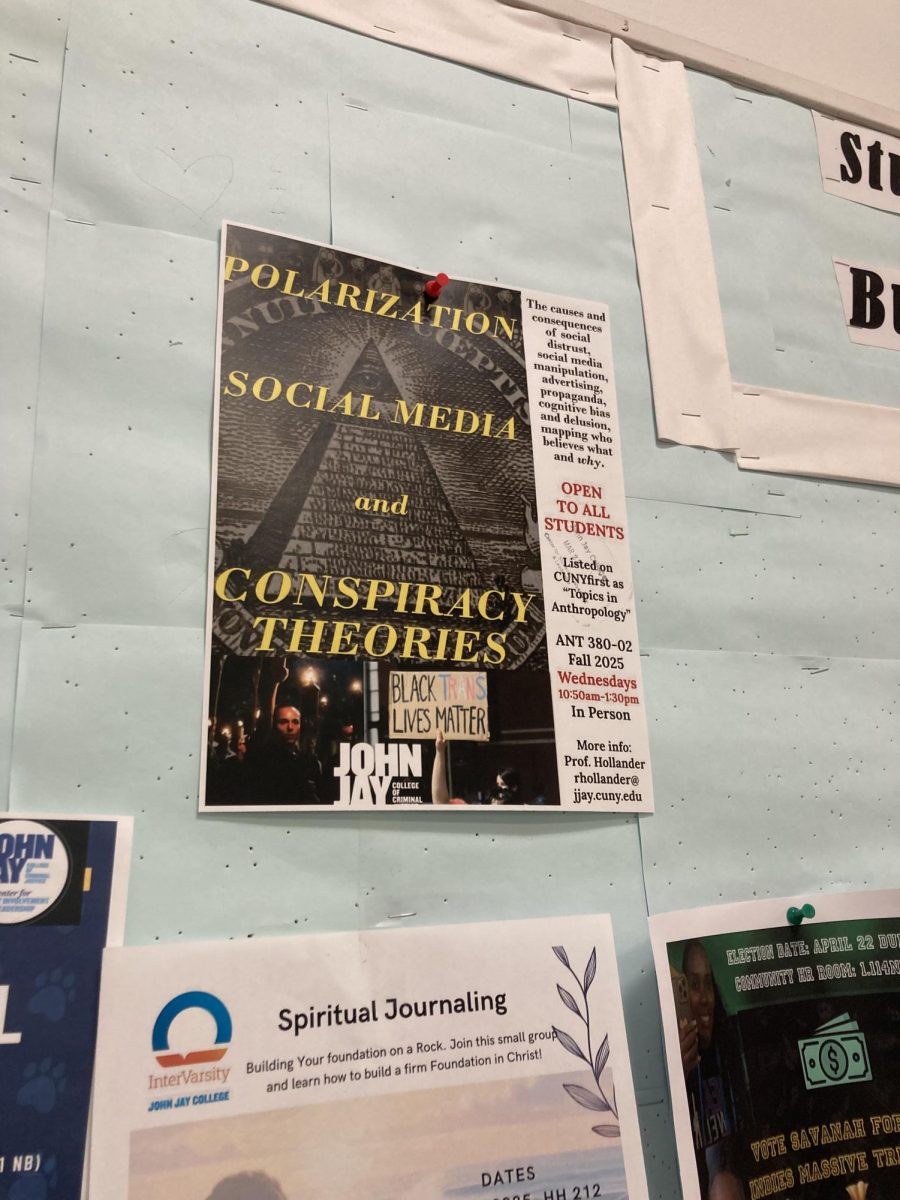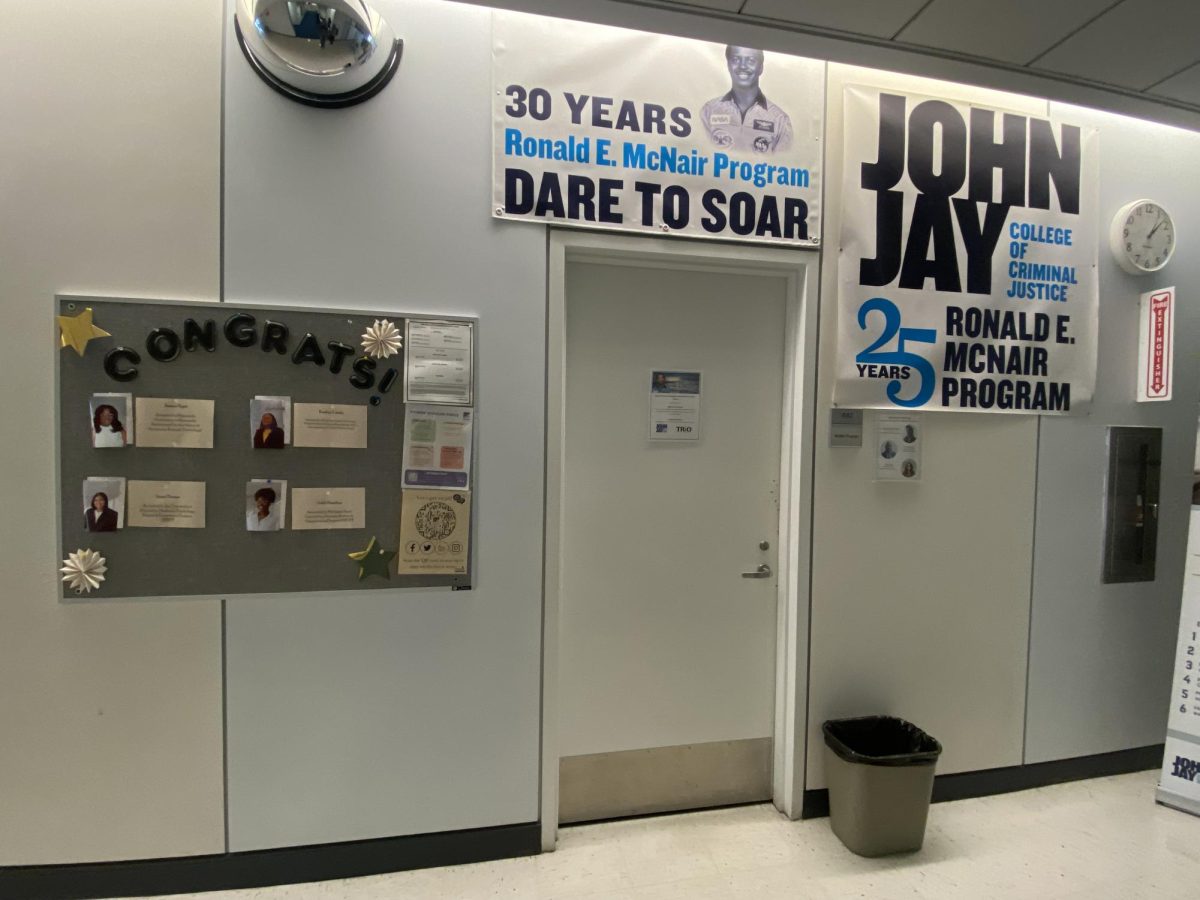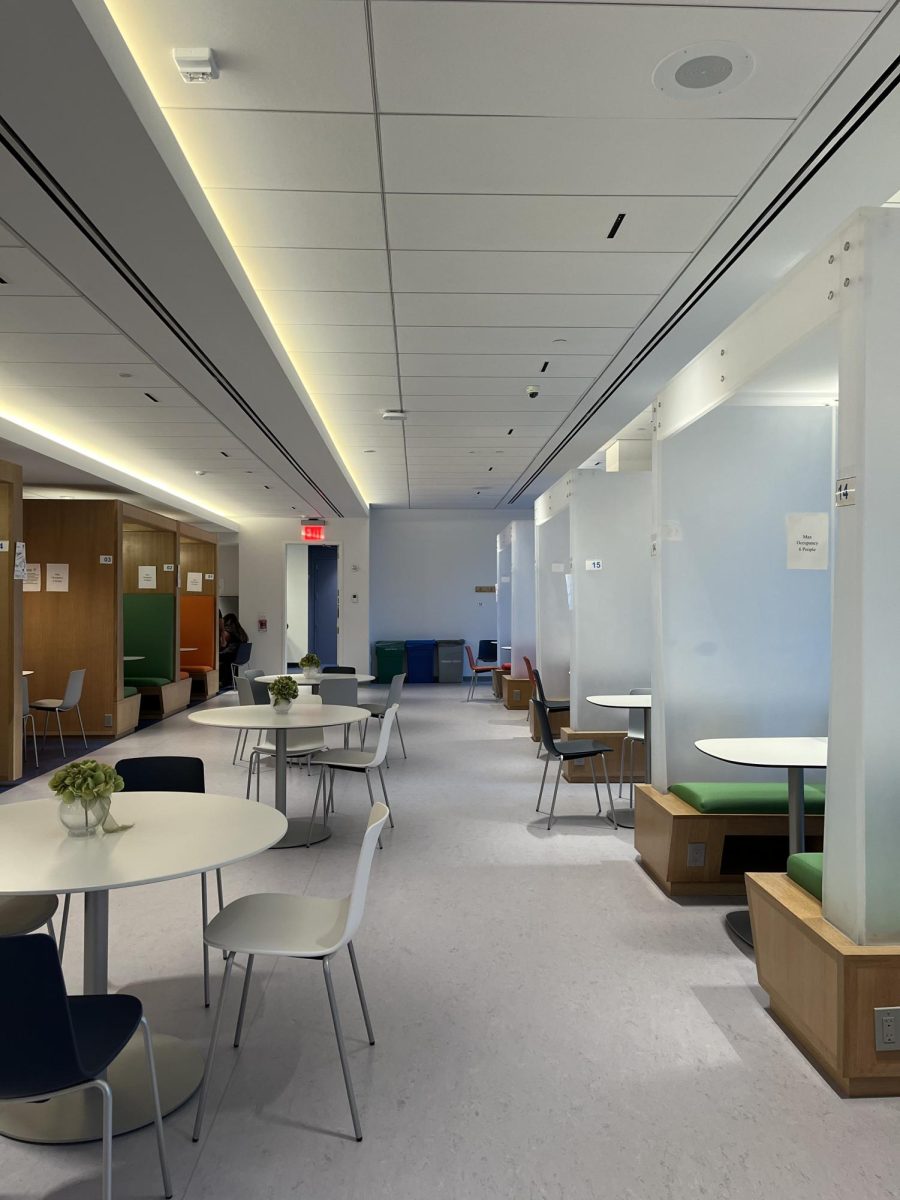At John Jay, there are two ways of conducting class in the way of readings. Most, if not all, classes require books for course and professors have two different formats in which text is required; the ‘old school’ style of physical books or the ‘new’ found age of digital media.
As with every college student, money is the primary factor in all their choices. According to Thomas Murphy, a senior at John Jay, “It’s hard enough getting a loan for classes so I don’t like spending more money for books that some teachers only use once.” After spending four years at John Jay, and seeing how each professor is different, Murphy said “I don’t buy books before classes anymore, I usually wait two or three weeks into a class to see if we are actually going to use it more than once.”
While it is true that some professors require books and simply either never use them or use them minimally; cutting down the cost by using a digital format would not only save students money, but would also allow them to access them instantly.
John Jay is a commuter school of students living mainly off campus. With taking into account that most of them have jobs either before or after school, carrying large amount of books isn’t only a hassle, but a tradition. “I like to carry a notebook, pen and my laptop to class,” said Patrice Gillespie. “I keep all my textbooks on my laptop. I don’t want to drag along a heavy bag of books all day, especially since I don’t get home till late on most days.” Being a senior at John Jay, Gillespie’s is one of the many that follow this pattern.
In an urban commuter school, such as John Jay, students can be seen everyday with large bags walking around campus and the surrounding areas. “It can be compared to freshman in high school, they have large backpacks filled with everything in their locker because they are afraid of being late to class,” said Gillespie. “We just need a simplistic way of doing things, we have enough to worry about in our lives to worry about if I have everything with me for class. We all have phones and can all pull up a book or source if we need it and if you don’t have one then the school also lends out computers for the day.” But not all professors are keen on the use of devices, “they probably think we are using it for other things, and, in some cases, people do use them for something else, but why punish the rest for the acts of the few. If they want to text or update their Facebook during class, they will find a way, even if it’s behind a book.”
Not only do students want a trend towards more digital formats, but companies such as McGraw-Hill Education are as well. Carly Britton, an editorial coordinator for the company, said “I think we’re definitely seeing a move towards digital. That’s something that we have really tried to encourage.” Having worked with McGraw-Hill Education straight out of college, Britton said, “In many ways, we consider ourselves a learning technology company rather than a publisher.” A digital version would also add an extra layer of interaction, “Our learning system, Connect, includes a variety of digital activities and resources, as well as an adaptive textbook, which uses students’ answers to questions about the reading to help them decide what they know and what they still need to study.”
It can easily be seen in an area such as New York City as to why students need portable educational material, but according to the LA Times, that doesn’t appear to be the case everywhere. In an article published in November of 2016, they said, “92% of college students would rather do their reading the old-fashioned way, with pages and not pixels.” Based on a study performed on 300 students in colleges around the world by American University linguistics professor Naomi S. Baron, the article continued saying “The main reasons students preferred paper books…were the lack of distractions that are available on computers, as well as the headaches and eye strain that can result from staring at a screen.”
The article continued citing Steven Hernandez, a student at Arizona State University “’The upside to e-books is the low price and the user interaction that it enables, but it requires integration and education of the technology being used – integration that students like myself are not accustomed to.’”
Students of the schools around New York City seem to have the same opinion as the John Jay community. When asked about the LA Times article, Nicole Wood, a student of New York Institute of Technology, said “I don’t think that is accurate. I think it just comes down to the area in which you go to school. In a commuter centric city like New York, it is based on what you can carry because you have it with you for the rest of the day. In this city we don’t have the luxury of a car, just our backs and shoulders.”
“On the whole, I think students do like the digital options we have. It’s cheaper, they don’t have to lug it around, and it can help them save time and become better learners,” Britton said. “Besides, everything we do is digital today. It just makes sense to students that their textbooks would be too.”








